Which OGR do you wish hybridizers would use
12 years ago
Related Stories
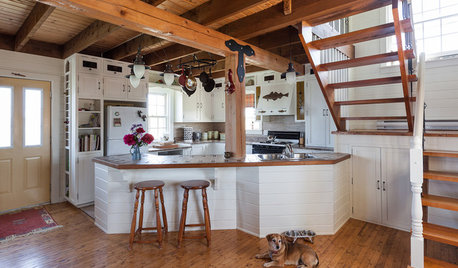
KITCHEN DESIGNOpen vs. Closed Kitchens — Which Style Works Best for You?
Get the kitchen layout that's right for you with this advice from 3 experts
Full Story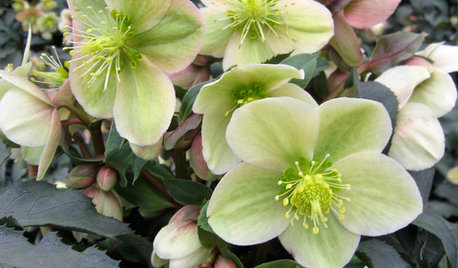
WINTER GARDENINGGreat Design Plant: Gold Collection Hellebores Perform Like Stars
Exciting colors, longer bloom times, forward-facing flowers ... These hybrids leave old hellebores in the dust
Full Story
GARDENING GUIDES6 New Plant Varieties That Beat Out Their Parents
With better resistance and fewer demands, these garden beauties are worth a spot on your wish list
Full Story
GARDENING GUIDESWhat Kind of Roses Should You Grow?
Want to add the beauty of roses to your garden? Find out which ones, from old-fashioned to modern, are right for you
Full Story
MOST POPULAR50 Shades of Gray
Gray is hotter than ever, thanks to a hit novel full of risks and dark secrets. Tell us: Which paint shade possesses you?
Full Story
LIVING ROOMSThe Most Popular Living Room Photos of 2015
Sectional sofas, vaulted ceilings and custom built-ins are just some of the features that made a big showing this year
Full Story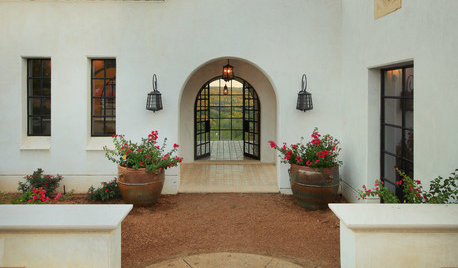
MEDITERRANEAN-STYLE DESIGN9 Architectural Elements of Spanish Revival Style
See the Details That Keep Spanish Revival Such a Sought-After Design
Full Story
EDIBLE GARDENSSummer Crop: How to Grow Blueberries
Plant blueberries in spring or fall for garden beauty through three seasons — and a sweet superfood in summer
Full Story
ARCHITECTUREModern or Contemporary Architecture? The Interiors Edition
See how one expert distinguishes between two popular camps of interior architecture. Do you agree with his choices?
Full Story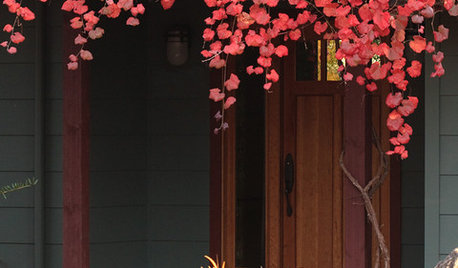
RED FOLIAGEGreat Design Plant: 'Roger's Red' California Wild Grape
Lush, vivid and a considerate provider of snacks for wildlife, this deciduous vine is especially spectacular in a fall garden
Full Story



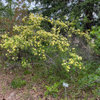

mad_gallica (z5 Eastern NY)
roseseek
Related Discussions
If you could have a do-over, which 5 would you keep and ...
Q
What do you wish or not wish that you did with your pool build?
Q
What do you wish you had NEVER planted? & Which plants do you love?
Q
What Roses Do You Wish You'd Never Bought?
Q
sherryocala
seil zone 6b MI
olga_6b
User
anntn6b
roseseek
TNY78
saldut
melissa_thefarm
roseseek
User
sandandsun
lori_elf z6b MD
roseseek
cath41
roseblush1
annabeth
melissa_thefarm
roseseek
mariannese
User
roseseek
mariannese
nastarana
roseseek
nastarana
roseseek
hoovb zone 9 sunset 23
roseseek
nastarana
roseseek
cramoisi
plan9fromposhmadison
roseseek
Tessiess, SoCal Inland, 9b, 1272' elev
kittymoonbeam
roseseek
User
roseseek
User
roseseek
luxrosa
melissa_thefarm
oath5
roseseek